- Ground Pepper Varieties
- Greenhouse Pepper Varieties
- 1. Sweet Banana Pepper
- 2. Chocolate Beauty Pepper
- Sweet Hybrid Peppers for Ground and Greenhouse
- Flavorful Hybrid Peppers for Ground and Greenhouse
- Sweet Hybrid Pepper A
- Flavorful Hybrid Pepper B
- Tips for Growing Pepper Varieties
- Harvesting and Using Pepper Varieties
- When to harvest peppers
- How to harvest peppers
- Using pepper varieties
- Storing harvested peppers
- “Question-Answer”
- What are the best pepper varieties for growing in a greenhouse?
- Which pepper varieties are best for growing in the ground?
- What are the characteristics of the Carmen pepper?
- What are the characteristics of the Gypsy pepper?
- What are some tips for growing pepper varieties in a greenhouse?
- “Video” HOW TO PRUNE GREENHOUSE BELL PEPPERS FOR BEST PRODUCTION!
When it comes to growing peppers, choosing the right variety is essential for success. Pepper plants come in many different shapes, sizes, and flavors, making it important to find the varieties that suit your tastes and growing conditions. In this article, we will explore two pepper hybrids that are known for their sweetness and flavor, and are suitable for both ground and greenhouse cultivation.
The first hybrid we will discuss is the “Sweet Sunrise” pepper. This variety is prized for its bright yellow color and sweet, tangy flavor. The fruits are medium-sized and have a crisp consistency, making them perfect for salads, stir-fries, and roasting. “Sweet Sunrise” peppers are also known for their high yield and disease resistance, making them a popular choice for both home gardeners and commercial growers.
The second hybrid on our list is the “Flavorful Ruby” pepper. This variety is known for its rich red color and intense flavor. The fruits are slightly larger than the “Sweet Sunrise” peppers and have a juicy, meaty texture. “Flavorful Ruby” peppers are excellent for stuffing, grilling, and using in sauces. They have a higher heat level than the “Sweet Sunrise” peppers, adding a delicious kick to your dishes. This hybrid is also known for its high productivity and adaptability, making it a great choice for both outdoor and greenhouse cultivation.
Whether you prefer the sweetness of the “Sweet Sunrise” pepper or the intense flavor of the “Flavorful Ruby” pepper, these two hybrids are sure to satisfy your taste buds. Requiring similar growing conditions, they are ideal choices for both ground and greenhouse cultivation. So, why not give them a try and add some sweet and flavorful peppers to your garden or greenhouse?
Ground Pepper Varieties
Ground pepper varieties are ideal for growing in open ground and are widely cultivated in many regions around the world. Here are some popular ground pepper varieties:
California Wonder: This variety is known for its large, blocky, and sweet-tasting fruit. It is one of the most popular peppers for stuffing and is often used in dishes such as stuffed peppers and salads.
Jalapeno: Jalapeno pepper is a medium-sized variety that is well-known for its spicy flavor. It is commonly used in Mexican cuisine, including salsas, nachos, and various spicy dishes.
Cayenne: Cayenne peppers are long and thin, and they pack a fiery punch. They are often dried and ground into a powder to add heat to dishes, such as chili, curry, and hot sauces.
Bell Peppers: Bell peppers are available in various colors, including green, yellow, orange, and red. They have a mild, sweet flavor and are commonly used in salads, stir-fries, and various cooked dishes.
These are just a few examples of ground pepper varieties that are commonly grown and enjoyed by gardeners and chefs alike. Each variety has its own unique characteristics and can be used in a variety of culinary creations.
Greenhouse Pepper Varieties
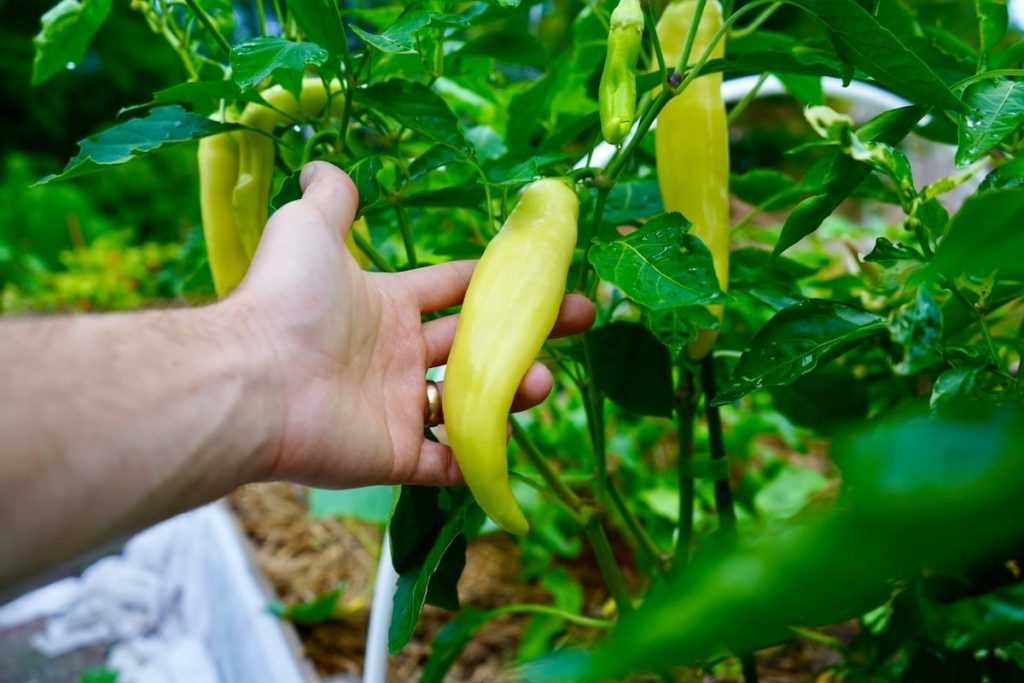
Growing peppers in a greenhouse offers several advantages, including protection from extreme weather conditions, longer growing seasons, and the ability to control temperature and humidity levels. Here are some popular greenhouse pepper varieties that excel in these controlled environments:
1. Sweet Banana Pepper
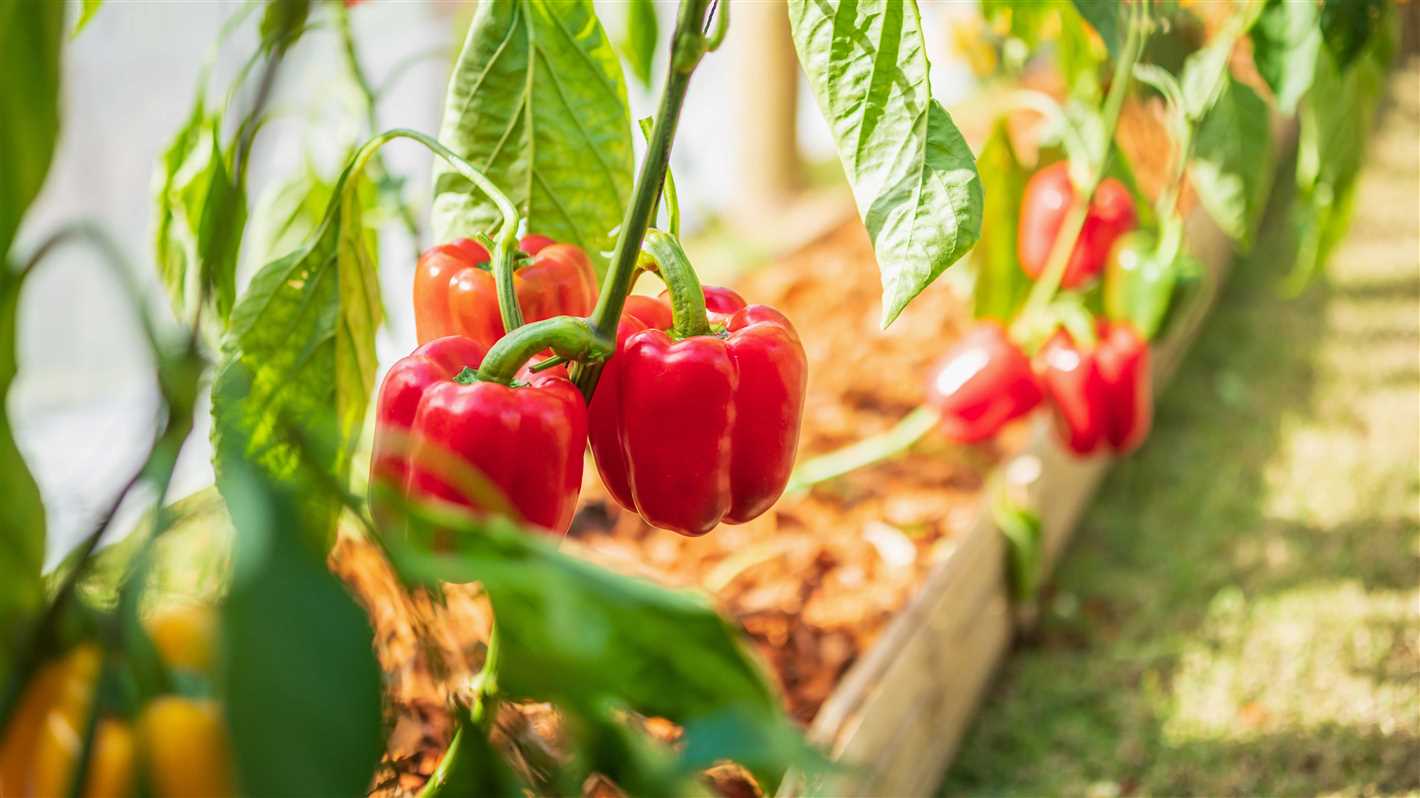
Characteristics: The Sweet Banana Pepper is a popular choice for greenhouse cultivation due to its compact size and high yields. It produces long, slender peppers that start off light green and mature into a bright yellow color. They have a mild, sweet flavor, making them perfect for salads, sandwiches, and pickling.
Growing Tips:
- Plant the Sweet Banana Pepper in well-draining soil and provide ample sunlight
- Keep the greenhouse temperature between 70-80°F (21-27°C)
- Water regularly, but be careful not to overwater as it can lead to root rot
- Harvest the peppers when they reach their full size and desired color
2. Chocolate Beauty Pepper
Characteristics: The Chocolate Beauty Pepper is a unique variety with dark brown-colored peppers. They have a sweet and slightly smoky flavor, making them a favorite among gardeners and chefs. These peppers are great for grilling, roasting, and adding a pop of color to dishes.
Growing Tips:
- Start the Chocolate Beauty Pepper seeds indoors and transplant to the greenhouse once they have grown
- Place the plants in a sunny spot in the greenhouse and maintain a temperature between 65-75°F (18-24°C)
- Water regularly, ensuring that the soil stays evenly moist
- Provide support for the plants as they grow, as the heavy peppers may weigh down the branches
These greenhouse pepper varieties are just a few examples of the many options available to growers. By choosing the right variety and providing optimal growing conditions, you can enjoy a bountiful harvest of sweet and flavorful peppers throughout the growing season.
Sweet Hybrid Peppers for Ground and Greenhouse
1. Bell Pepper
The Bell Pepper is a classic sweet pepper variety that is widely grown in both ground and greenhouse settings. It is known for its crisp texture and mild flavor, making it a versatile ingredient in a variety of dishes. Bell peppers are available in a range of colors, including green, red, orange, and yellow.
2. Banana Pepper
The Banana Pepper is another popular hybrid pepper that is well-suited for both ground and greenhouse cultivation. It has a mild and slightly sweet flavor with a hint of spiciness. Banana peppers can be used fresh in salads, pickled for a tangy bite, or cooked into various dishes for added flavor.
3. Cubanelle Pepper
The Cubanelle Pepper is a sweet and mild pepper variety that is often used in Mediterranean and Latin American cuisine. It has a thin, waxy skin and a slightly elongated shape. Cubanelle peppers are typically green when unripe and turn red or yellow as they ripen. They are great for frying, roasting, stuffing, or adding to salsas and sauces.
4. Pimento Pepper
The Pimento Pepper is a sweet variety that is commonly used for making pimento cheese and pimento-stuffed olives. It has a thick flesh and a deep red color when ripe. Pimento peppers are mild in flavor and have a slightly tangy taste. They can be eaten raw, roasted, grilled, or pickled.
5. Marconi Pepper
The Marconi Pepper is a sweet Italian pepper with a distinctive elongated shape. It has a thin skin and a tender flesh that is great for stuffing or grilling. Marconi peppers have a sweet and fruity flavor with a mild heat. They are often used in Italian dishes, but can also be enjoyed in salads, sandwiches, and stir-fries.
6. Sweet Chocolate Pepper
The Sweet Chocolate Pepper is a unique variety that has a rich chocolate brown color when ripe. It has a sweet and slightly spicy flavor that adds depth to dishes. Sweet chocolate peppers can be used fresh or cooked, and are particularly delicious when roasted or stuffed.
7. Carmen Pepper
The Carmen Pepper is a sweet and tangy pepper with a distinctive tapered shape. It has a thick flesh and a vibrant red color when ripe. Carmen peppers are excellent for grilling, roasting, or sautéing, and can be used in a variety of recipes, from salads and pastas to soups and stews.
8. Cherry Bomb Pepper
The Cherry Bomb Pepper is a small and sweet variety that resembles a cherry tomato in shape and size. It has a mild to medium heat level, which adds a kick of flavor without being overwhelming. Cherry bomb peppers are great for stuffing, pickling, or using as a garnish on dishes.
9. Sweet Heat Pepper
The Sweet Heat Pepper is a hybrid variety that combines sweetness with a bit of heat. It has a crisp texture and a medium heat level that adds a spicy kick to dishes. Sweet heat peppers are perfect for adding flavor to salsas, sauces, and stir-fries, or simply enjoyed fresh in salads or as a snack.
10. Sweet Sunrise Pepper
The Sweet Sunrise Pepper is a beautiful and flavorful variety that ripens from green to yellow. It has a sweet flavor with a hint of spiciness, making it a versatile ingredient in many dishes. Sweet sunrise peppers can be used fresh, roasted, grilled, or stuffed, and add a pop of color and flavor to any recipe.
Flavorful Hybrid Peppers for Ground and Greenhouse
When it comes to growing peppers, whether in the ground or in a greenhouse, choosing the right varieties can make all the difference in flavor and yield. Here are two flavorful hybrid pepper varieties that are well-suited for both ground and greenhouse cultivation:
Sweet Hybrid Pepper A
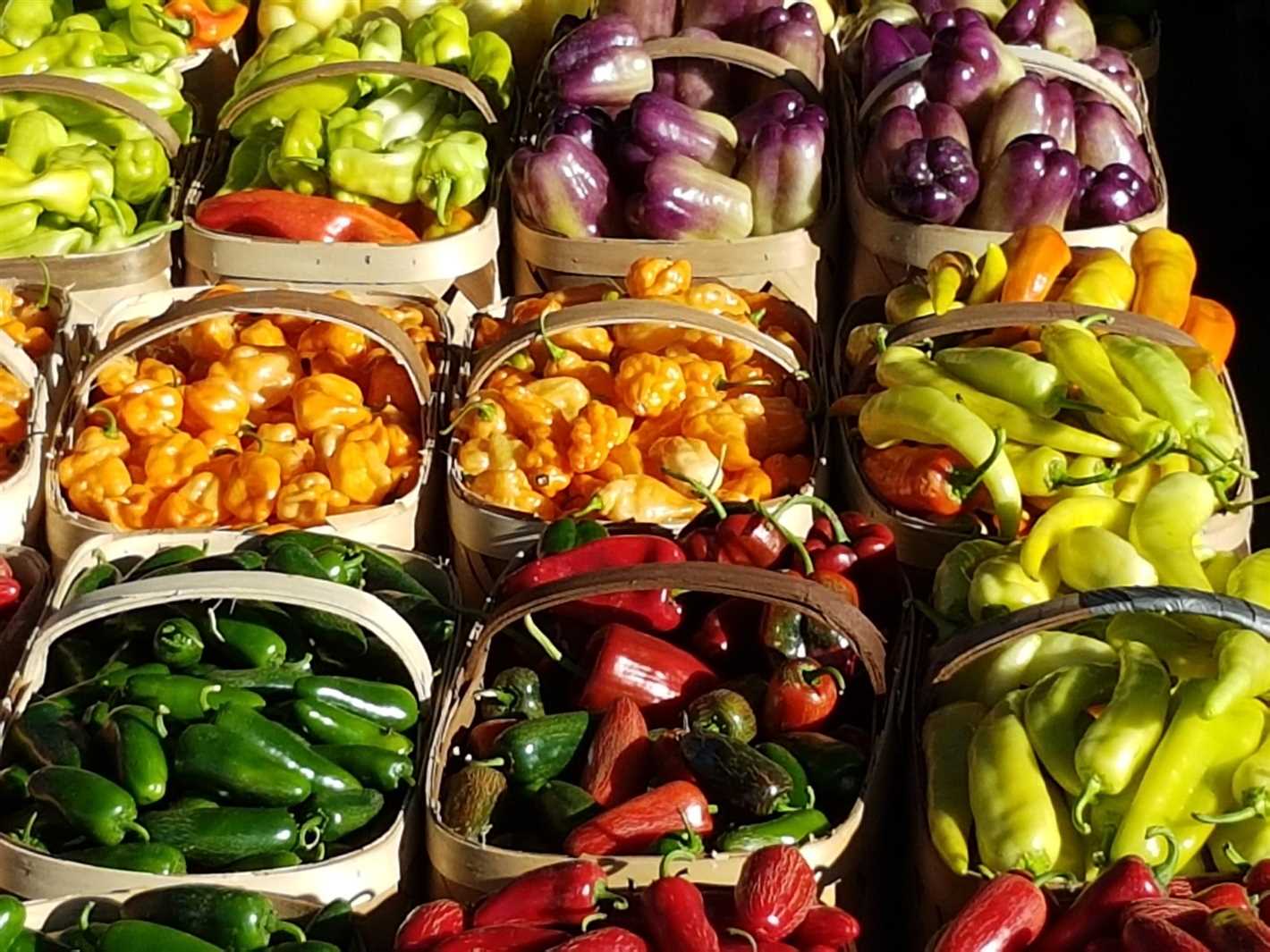
This sweet hybrid pepper, known as A, is a popular choice for both ground and greenhouse cultivation. It has a crisp texture and a sweet flavor that is perfect for adding to salads or enjoying raw. This variety produces high yields and has a strong resistance to common pepper diseases, making it a reliable choice for growers.
- Flavor: Sweet and crisp
- Plant type: Compact, bushy
- Size: Medium-sized
- Color: Bright red
- Yield: High
- Resistance: Disease-resistant
- Best suited for: Salads, raw consumption
Flavorful Hybrid Pepper B
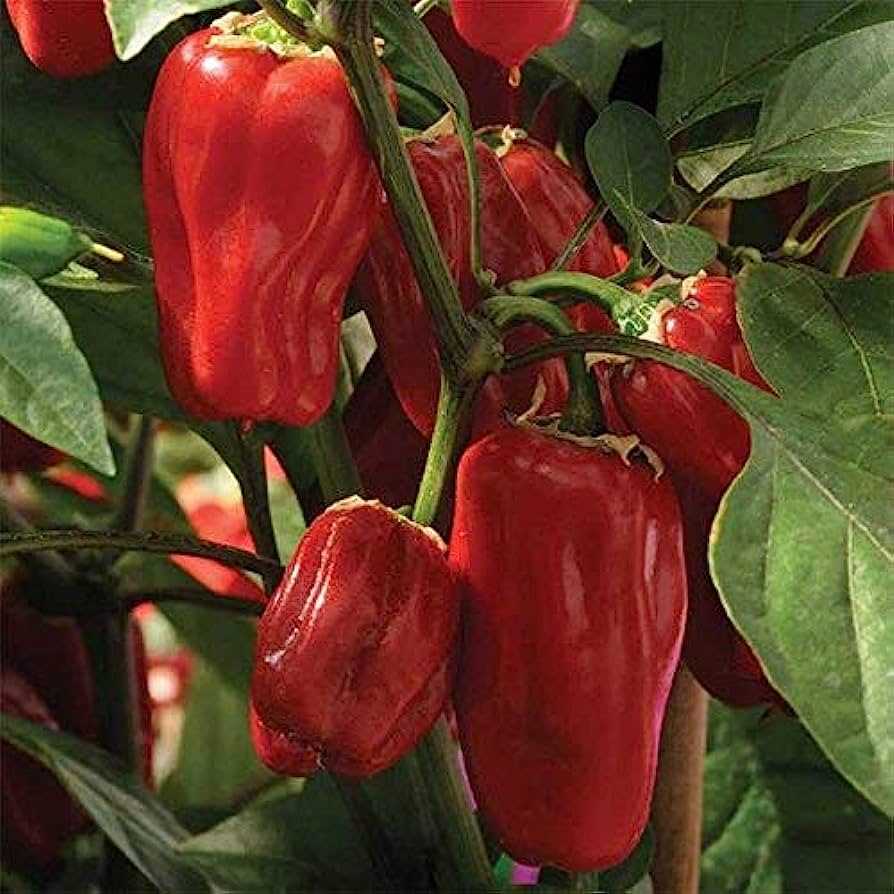
Another flavorful hybrid pepper option for ground and greenhouse cultivation is pepper B. This variety has a slightly spicy flavor with hints of sweetness, making it a versatile addition to a variety of dishes. It has a compact growth habit which makes it suitable for small gardens or greenhouse cultivation.
- Flavor: Slightly spicy with hints of sweetness
- Plant type: Compact
- Size: Small to medium-sized
- Color: Vibrant orange
- Yield: Moderate to high
- Resistance: Disease-resistant
- Best suited for: Roasting, grilling, stuffing
Both of these flavorful hybrid pepper varieties offer a range of culinary possibilities and are well-suited for ground and greenhouse cultivation. Whether you prefer a sweeter or slightly spicy flavor, these hybrid peppers are sure to satisfy your taste buds and yield a bountiful crop.
Tips for Growing Pepper Varieties
Peppers are a versatile and popular vegetable to grow in the garden or greenhouse. Here are some tips to help you successfully grow various pepper varieties:
- Choose the right variety: There are many different pepper varieties available, so it’s important to choose the one that is suited to your growing conditions and desired taste. Consider factors such as heat tolerance, disease resistance, and fruit size.
- Provide adequate sunlight: Peppers need plenty of sunlight to grow and thrive. Make sure to choose a location that receives at least 6-8 hours of direct sunlight daily.
- Prepare the soil: Before planting your peppers, prepare the soil by incorporating organic matter like compost or well-rotted manure. This will help improve drainage and provide essential nutrients.
- Plant at the right time: Pepper plants are sensitive to cold temperatures, so it’s best to wait until all danger of frost has passed before planting them outdoors. If you’re growing peppers in a greenhouse, you can start them indoors several weeks before the last frost date.
- Water consistently: Peppers need regular watering to stay healthy and produce fruit. Keep the soil consistently moist, but not waterlogged. Avoid overhead watering, as this can increase the risk of disease.
- Feed regularly: Peppers are heavy feeders and benefit from regular fertilization. Use a balanced fertilizer or one specifically formulated for vegetables and follow the package instructions for application rates.
- Provide support: Some pepper varieties can grow quite tall and may need support to prevent them from falling over. Use stakes or cages to support the plants as they grow.
- Monitor for pests and diseases: Keep an eye out for common pepper pests like aphids, spider mites, and pepper maggots. Also, watch for signs of diseases such as bacterial spot or blossom end rot. If problems occur, take appropriate measures to control and prevent further damage.
- Harvest at the right time: Peppers are ready to harvest when they reach their desired size and color. Most peppers can be harvested when they are green, but they will continue to ripen and sweeten if left on the plant longer. Use a sharp knife or pruners to cut the peppers from the plant, taking care not to damage the stems or branches.
By following these tips and providing the right care, you can enjoy a bountiful harvest of delicious and flavorful peppers from your garden or greenhouse!
Harvesting and Using Pepper Varieties
Peppers are a versatile vegetable that can be harvested and used in a variety of ways. Whether you have grown them in your garden or purchased them from a farmer’s market, knowing when and how to harvest peppers will ensure the best flavor and texture.
When to harvest peppers
The timing of pepper harvest depends on the specific variety you are growing. Most peppers are ready to be picked when they reach their full size and have developed their vibrant color. For green bell peppers, this is typically when they have reached their mature size but before they start to turn red, yellow, or orange. On the other hand, sweet and hot peppers can be harvested at any stage of color development, ranging from green to fully ripe.
It is important to note that leaving peppers on the plant to fully ripen will result in a sweeter flavor, but the trade-off is a shorter shelf life.
How to harvest peppers
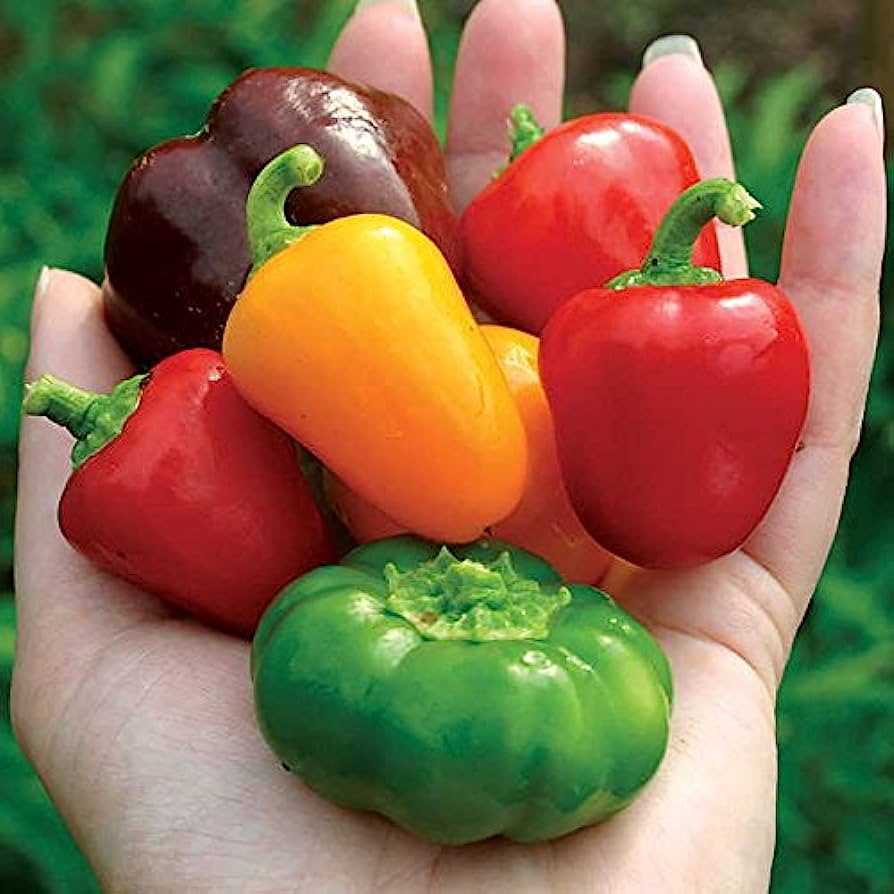
To harvest peppers, use a sharp pair of garden shears or a knife to cut the stem just above the pepper. Avoid pulling the pepper off the plant, as this could damage the plant and potentially cause the pepper to rot.
Using pepper varieties
Pepper varieties can be used in a wide range of dishes, adding flavor, heat, and color to any meal. Here are a few ideas for using different pepper varieties:
- Bell peppers: Bell peppers are commonly used in salads, stir-fries, and stuffed pepper recipes. They are also a popular addition to sandwiches and wraps.
- Jalapeno peppers: Jalapenos are often used in Mexican cuisine, adding a spicy kick to salsas, guacamole, and nachos. They can also be pickled or used to make hot sauces.
- Poblano peppers: Poblano peppers are mild with a rich, smoky flavor. They are often used in Mexican dishes like chiles rellenos or can be stuffed and baked.
Additionally, peppers can be roasted, grilled, or charred to enhance their flavor and create a delicious smoky taste.
Storing harvested peppers
After harvesting peppers, store them in a cool, dry place or in the refrigerator to prolong their freshness. Peppers can be kept in the refrigerator for up to two weeks, but their flavor and texture may start to deteriorate after a week.
For long-term storage, peppers can also be frozen. Simply wash, core, and remove the seeds from the peppers, then slice or chop them as desired. Lay the pieces flat on a baking sheet and freeze them until solid. Once frozen, transfer the peppers to a freezer-safe container or bag for easy use in future recipes.
| Pepper Variety | Harvest Time | Common Uses |
|---|---|---|
| Bell peppers | When fully sized and green | Salads, stir-fries, stuffed peppers |
| Jalapeno peppers | When fully sized and green or red | Salsas, guacamole, pickling |
| Poblano peppers | When fully sized and dark green | Chiles rellenos, stuffing and baking |
“Question-Answer”
What are the best pepper varieties for growing in a greenhouse?
There are several great pepper varieties that thrive in a greenhouse environment. Two of the best options are the Carmen pepper, a sweet and juicy red pepper, and the Gypsy pepper, which is a sweet pepper that starts green and turns red when fully ripe. Both of these varieties are well-suited for greenhouse growing because they have a compact growth habit and produce high yields.
Which pepper varieties are best for growing in the ground?
If you have a garden or an outdoor growing space, there are several pepper varieties that are particularly well-suited for ground planting. The California Wonder pepper is a popular choice, producing large, bell-shaped fruit that is sweet and flavorful. The Jalapeno pepper is another good option, as it is known for its spicy heat and versatility in cooking. Additionally, the Banana pepper is a mild and sweet variety that is great for salads and pickling.
What are the characteristics of the Carmen pepper?
The Carmen pepper is a hybrid variety that is known for its sweet flavor and juicy flesh. It is a red pepper that is medium-sized and elongated in shape. The Carmen pepper starts green and turns red when fully ripe. This variety is particularly well-suited for greenhouse growing, as it has a compact growth habit and produces high yields.
What are the characteristics of the Gypsy pepper?
The Gypsy pepper is a hybrid variety that is known for its sweet flavor and versatility in cooking. It is a pepper that starts green and turns red when fully ripe. The Gypsy pepper has a mild heat level, making it a great choice for those who prefer milder peppers. This variety is well-suited for greenhouse growing, as it has a compact growth habit and produces high yields.
What are some tips for growing pepper varieties in a greenhouse?
When growing pepper varieties in a greenhouse, there are a few key tips to keep in mind. First, make sure to provide adequate ventilation to prevent the buildup of humidity, which can lead to disease. Second, be sure to provide plenty of light for the plants, either through natural sunlight or artificial grow lights. Finally, monitor the temperature closely, as peppers prefer warm conditions and may not thrive if the greenhouse becomes too hot or too cold.







